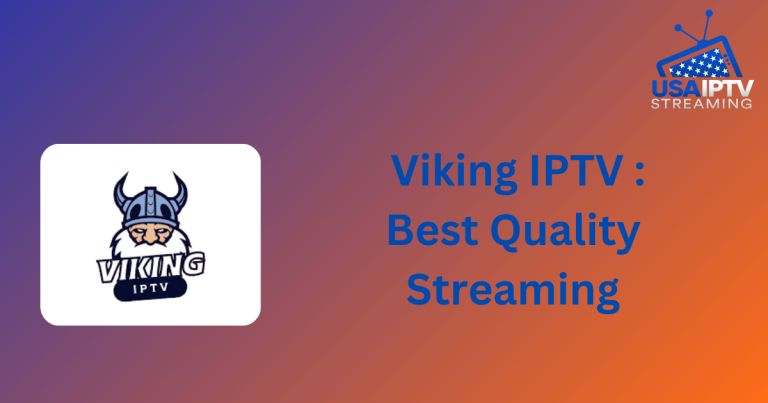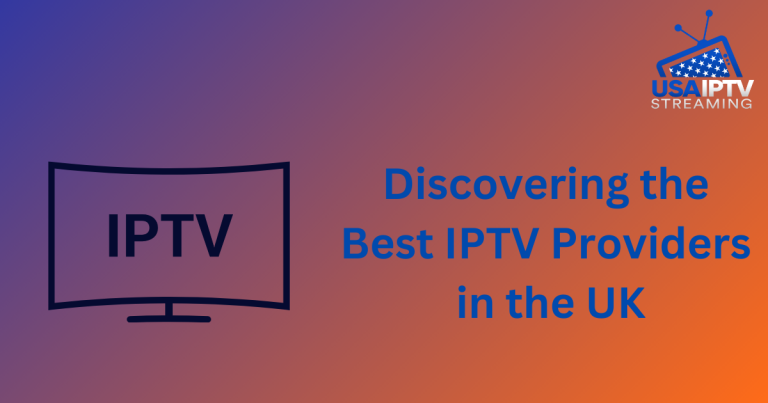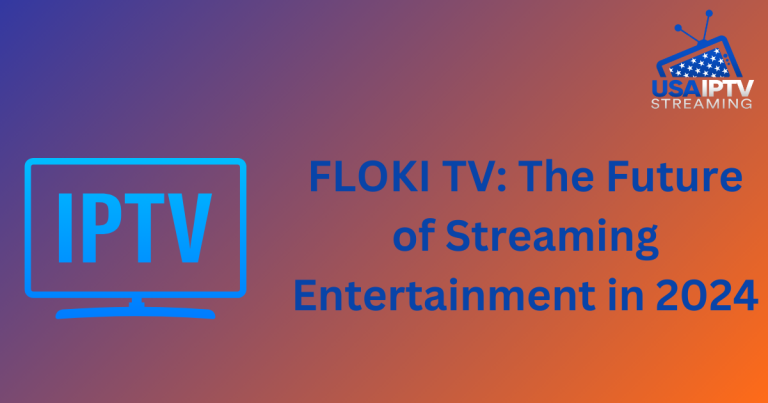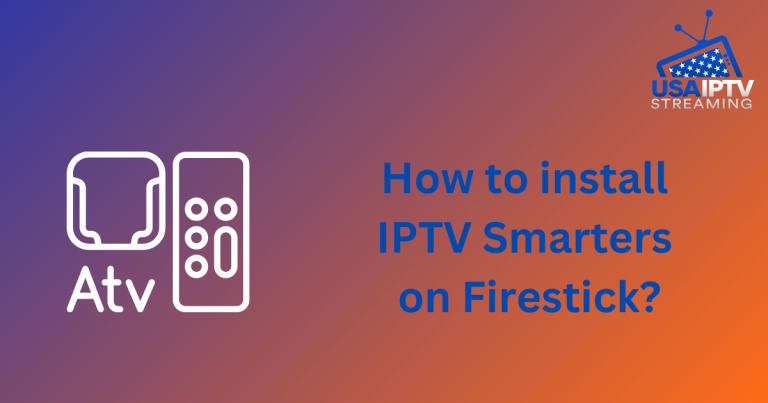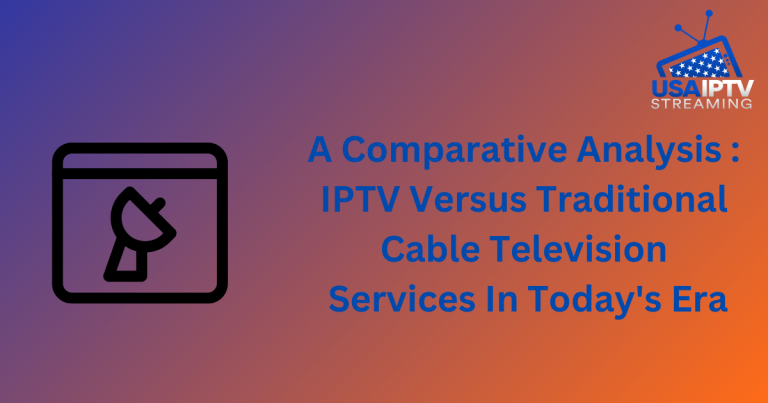What is Internet Protocol Television? The future of television is here
Internet Protocol Television (IPTV) is revolutionizing the way we consume television content. Unlike traditional methods, IPTV utilizes internet technology to deliver video content directly to viewers, making it a prominent choice in today’s digital age. This article provides an in-depth exploration of Internet Protocol Television, including how it works, its distinctions from OTT services, and the necessary equipment for a seamless viewing experience.
What is IPTInternet Protocol Television?
Internet Protocol Television, delivers video content via internet protocols rather than traditional terrestrial, satellite, or cable methods. Services like Netflix, Disney+, Hulu, HBO Max, and Peacock TV are prominent examples of Internet Protocol Television platforms. Users can access these services on various devices, including desktops, laptops, and mobile devices. For viewing on conventional TVs, additional equipment may be required:
- Smart TV: Modern smart TVs are designed for seamless streaming of Internet Protocol Television content.
- Set-Top Box: For non-smart TVs, a set-top box or a USB dongle (e.g., Google Chromecast) is necessary to convert IPTV signals into a format compatible with traditional televisions.
A typical IPTV setup involves:
- A stable Wi-Fi connection.
- A router connecting to a set-top box or USB dongle.
- A set-top box or USB dongle to process Internet Protocol Television signals.
- Digital devices (smartphones, tablets) that access Internet Protocol Television directly.
How Does IPTV Work?
Unlike traditional TV methods, which rely on satellite or cable signals, IPTV operates over the internet. The process involves:
- Storing Programs: Live broadcasts are streamed in real time, while pre-recorded content is stored for on-demand access.
- Encoding and Encryption: Videos are encoded and encrypted to ensure they are accessible only to authorized users.
- Streaming: this streaming is akin to browsing a webpage. The data is transmitted in packets from a server to multiple users simultaneously using techniques like unicasting or IP multicasting.
IPTV protocols, such as Real-Time Protocol (RTP) and Real-Time Streaming Protocol (RTSP), are utilized to manage the real-time streaming of content, distinguishing them from traditional web-based protocols used for file downloads.
Types of IPTV Services
- Video on Demand (VOD): This is the most common model model, where users can access a vast library of content at their convenience. Services like Netflix and Hulu exemplify VOD, allowing users to select and watch content as desired.
- Live IPTV Streaming: This model delivers real-time content, similar to traditional live broadcasts, and is often used for news, sports, and live events.
- Time-Shifted IPTV: This allows users to catch up on previously aired content with a limited availability period, providing a flexible viewing option for recent broadcasts.
The Growth of Internet Protocol Television
The rise of Internet Protocol Television is driven by several factors, including the decline in traditional TV advertising and the increase in mobile and internet-based content consumption. According to Grandview Research, the global Internet Protocol Television market was valued at approximately $40 billion in 2019, with a projected compound annual growth rate (CAGR) of 7.1% from 2020 to 2027.
Why IPTV is Gaining Popularity
The popularity of IPTV can be attributed to:
- The surge in internet content consumption.
- Competitive pricing and bundling of services by providers.
- Telecom companies expanding their offerings to include integrated solutions.
Hybrid Internet Protocol Television services, which incorporate online video platforms like Vimeo and YouTube, are also contributing to the growth, as traditional cable companies adapt to offer internet-based content on televisions.
Starting an Internet Protocol Television Service
Launching an IPTV service requires a complex setup involving encoding, encryption, and storage technologies. For those looking to offer IPTV services, solutions like IPTV UK provide the necessary infrastructure to manage and deliver video content efficiently, allowing creators to focus on content development while ensuring a robust streaming experience.
In summary, It represents a significant shift in television viewing, offering flexibility, a wide range of content, and a user-friendly experience that aligns with the demands of modern audiences.


